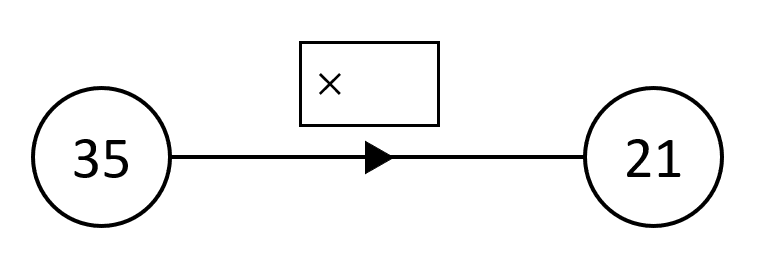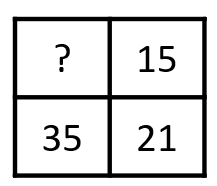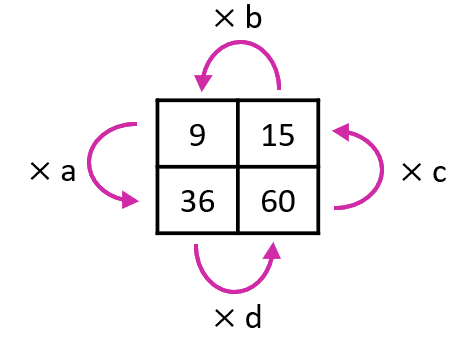Myths about teaching can hold you back
- Year 10
- Higher
Checking and securing understanding of sharing in a ratio
I can use a ratio fluently in the context of sharing.
- Year 10
- Higher
Checking and securing understanding of sharing in a ratio
I can use a ratio fluently in the context of sharing.
These resources will be removed by end of Summer Term 2025.
Switch to our new teaching resources now - designed by teachers and leading subject experts, and tested in classrooms.
These resources were created for remote use during the pandemic and are not designed for classroom teaching.
Lesson details
Key learning points
- Bar models can help to represent a situation.
- It is important that the parts are equal, otherwise the ratio is not represented correctly.
- A ratio table can also be used to help show the multiplicative relationship.
- Both representations help to expose the structure.
- Once the structure is understood, the representations will not be needed.
Keywords
Ratio - A ratio shows the relative sizes of two or more values and allows you to compare a part with another part in a whole
Common misconception
Procedural understanding of sharing in a ratio where pupils add the parts, divide the amount by this and then multiply by each part without considering the information in the question.
In the lesson encourage pupils to look for keywords in the question which indicate if the amount given is the total, one part or the difference. The use of a bar model to display the information can also be used to help pupils.
To help you plan your year 10 maths lesson on: Checking and securing understanding of sharing in a ratio, download all teaching resources for free and adapt to suit your pupils' needs...
To help you plan your year 10 maths lesson on: Checking and securing understanding of sharing in a ratio, download all teaching resources for free and adapt to suit your pupils' needs.
The starter quiz will activate and check your pupils' prior knowledge, with versions available both with and without answers in PDF format.
We use learning cycles to break down learning into key concepts or ideas linked to the learning outcome. Each learning cycle features explanations with checks for understanding and practice tasks with feedback. All of this is found in our slide decks, ready for you to download and edit. The practice tasks are also available as printable worksheets and some lessons have additional materials with extra material you might need for teaching the lesson.
The assessment exit quiz will test your pupils' understanding of the key learning points.
Our video is a tool for planning, showing how other teachers might teach the lesson, offering helpful tips, modelled explanations and inspiration for your own delivery in the classroom. Plus, you can set it as homework or revision for pupils and keep their learning on track by sharing an online pupil version of this lesson.
Explore more key stage 4 maths lessons from the Ratio unit, dive into the full secondary maths curriculum, or learn more about lesson planning.

Licence
Prior knowledge starter quiz
6 Questions
Q1.Select the options that show a ratio written in its simplest form.
Q2.Write the single multiplier which connects the two numbers shown. Give your answer as a decimal.

Q3.Match up the equivalent ratios.
40 : 100
20 : 5
30 : 35
100 : 40
30 : 45
Q4.Find the correct value to complete the ratio table.

Q5.Match each of the letters to the number they represent in this ratio table.

4
$$\frac{3}{5}$$
$$\frac{1}{4}$$
$$\frac{5}{3}$$


